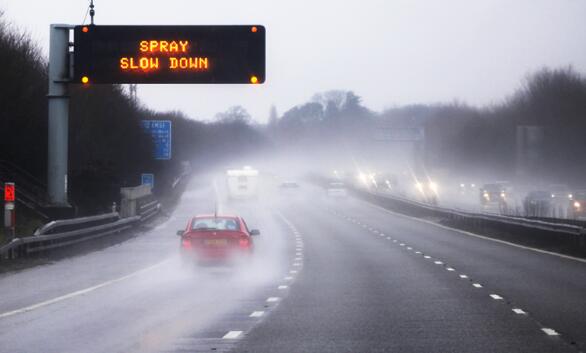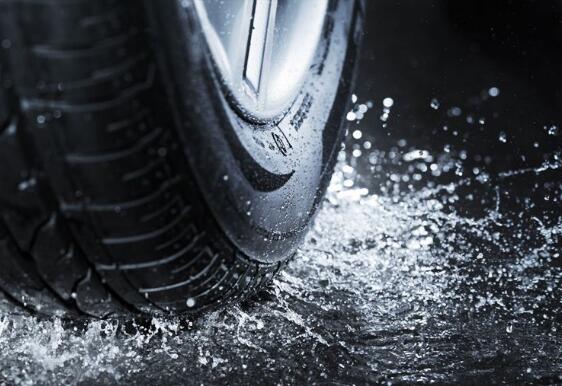
Driving in the rain is probably one of the most common and recurring situations for drivers in a city like Bogota, where downpours are frequent, even in non-winter seasons. In that sense, additional precautionary measures must be taken to avoid traffic accidents caused by phenomena such as aquaplaning.
This phenomenon, also called ‘ hydroplane,’ consists of the gradual loss of contact between the Tire and the road surface, caused by a thin layer of water between the two objects. This result generates, among other things, a considerable increase in braking distance and even to the total loss of control and direction of the vehicle.
The aquaplaning occurs more frequently than is supposed. Studies prepared this year by the Ministry of Traffic and Transportation reveal that in winter seasons, road accidents increase by about 24 %, mainly due to the loss of control of vehicles that usually drive at high speed on wet and flooded streets.

Considering this situation, the renowned brand of tires Hankook Tire compiled five useful and practical tips that every driver should consider to prevent aquaplaning:
Calibrate the tires well
Well-calibrated tires can allow more efficient driving, guarantee occupant safety in any driving condition. For example, if the tire pressure is 30% lower than recommended, in that case, there is a high risk of car skating when traveling on wet or wet surfaces.
New tires, always behind
When buying new tires, it is advisable to mount them on the rear axle of the car, so that the “old ones” can relocate in the front area. This result is because the new tires, product of their deeper tread, help drivers have greater control over wet surfaces, as they are more resistant to the water slipping. A feature that is enhanced when they located on the rear axle of the car.
Likewise, it is advisable to exchange (rotate) the tires of the car every 7,000 kilometers to ensure that they last as long as possible, as these tend to wear unevenly.
Never stop
The first thing a driver usually does when experiencing aquaplaning for the first time is to brake dry. That, however, is far from being the best decision, because in that scenario, stepping on the brake with despair can cause the tires to lock when they resume contact with the pavement, causing a much more abrupt loss of control over the vehicle.
Therefore, a recommendation for a situation when rolling on a straight line is to release the accelerator foot. The speed decreases progressively so that the driver manages to recover the full maneuverability of the car in the shortest possible time. If the phenomenon occurs when taking a curve, the same strategy should be applied, only that the direction should turn just enough to draw the curve.

Use quality tires
In terms of tires, cheap can be very expensive. In this case, the suggestion is to acquire tires of reliable and recognized brands, as these have laboratories that allow them to develop compounds and carvings focused on offering maximum grip in any condition, mainly that facilitate the rapid evacuation of water from the grooves when traveling on wet terrain.
In this regard, the Mapfre Foundation indicates that the tires of very economic brands usually offer lower performance, and aquaplaning may occur rather than when traveling with tires of recognized brands. Even when these generic tires are wider and stiffer, this does not mean that they protect more from the rain; on the contrary, this makes water evacuation difficult. In this situation, you need to turn on the t10 led bulb for foglight in the rainy day.
New tires usually reach aquaplaning at speeds of between 75 and 80 km / h.
Moderate speed
Finally, it is worth remembering that in times of rain, it is best to control the usual stress and drive at moderate speeds, driving smoothly and quietly, to avoid sudden braking and changes of direction that can cause ‘aquaplaning.’
